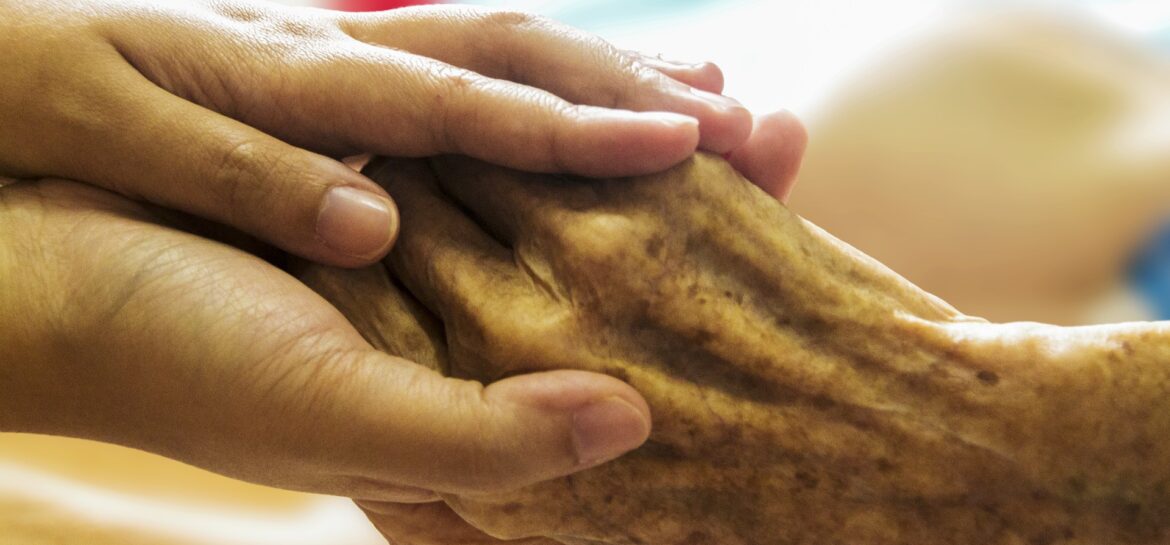Narrating Death

At a recent conference, the palliative care physician and author, Dr. Kathryn Mannix, spoke about death and the process of dying. She asked for those of us having witnessed death to raise our hands. In a typical lecture hall, she might see 10% of hands raised. But, in a room of physicians, 90% of our hands went into the air. She said to keep your hands up if you’ve been present for more than 10 deaths, 100, 1000, 10,000. Only her hand remained at the end. Her talk and her book, With the End in Mind: Dying, Death, and Wisdom in an Age of Denial, focus on the importance of narrating death. And her point was that it is our job and our duty as physicians to become narrators. Because, most of the time, we know the details of this final chapter.
A typical death related to illness or aging is not exciting. “It”, in Dr. Mannix’s words, “is much like watching paint dry.” She strongly feels that society’s idea of what death looks like comes from the media, where over dramatization is the norm. Instead, an illness related death, without heroic measures, is often a simple progression from sleeping more, to semi consciousness, to unconsciousness, to our last breath. Most Hospice nurses can signal family for the final minutes due to changes in circulation and breathing patterns. Death is calm and predictable. She suggests that by explaining changes and pointing out the relative comfort of the patient, sounds such as the “death rattle”, which stems from someone being unconscious and unable to clear their secretions, becomes far less frightening.
I have had 100s of discussions with patients about death. Most are relieved and very willing to go down this conversational path. Helping a patient establish an end of life plan is most always met with gratitude. In writing this, I remember the hands I’ve held and the look of relief in the eyes of my patients during these conversations. Although, I did have one pancreatic cancer patient adamant that he would not discuss death at any point. So, we did not discuss it. His wife and I had several side conversations and his goal was to be present for the birth the first grandchild. She showed me the picture of him holding this baby when I went to the funeral. He did it his way. I also recall pronouncing my first expected death in the hospital late one night as an intern. That is mostly a story for a different post, but while sitting with her daughter and dreamily listening to stories about her mom’s life I became aware of a rather unexpected emotion of poignant happiness.
But, while I’ve discussed end of life plans on a number of occasions, I have not been as detail driven as Dr. Mannix suggests. So, let the narration begin…..
“How people die lives on in the memory of those who live on.” – Dame, Cicely Saunders, founder of the modern hospice movement